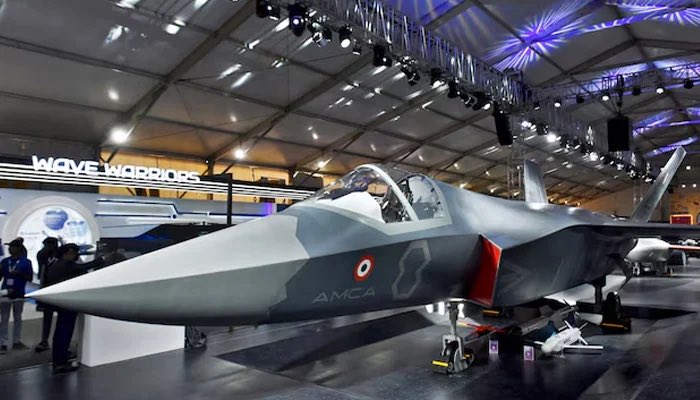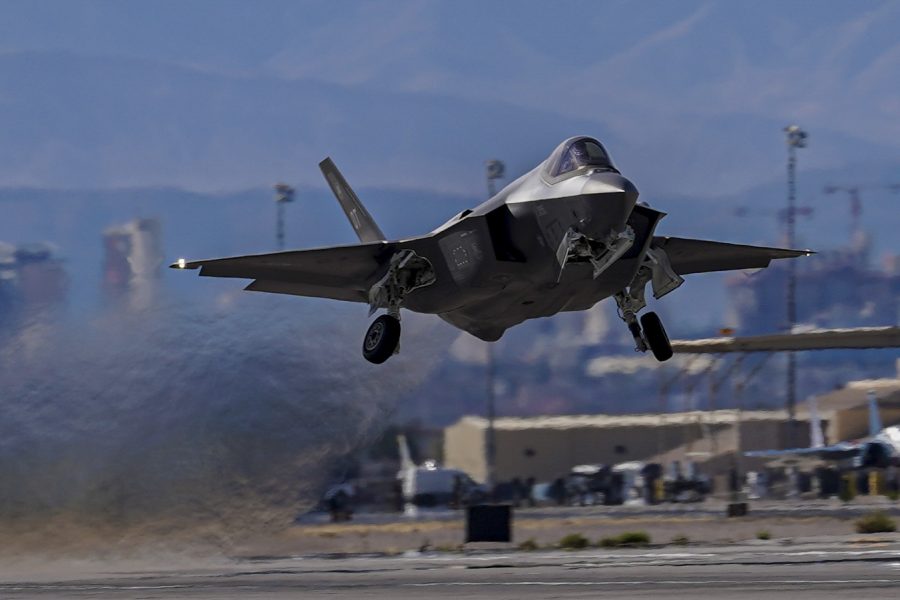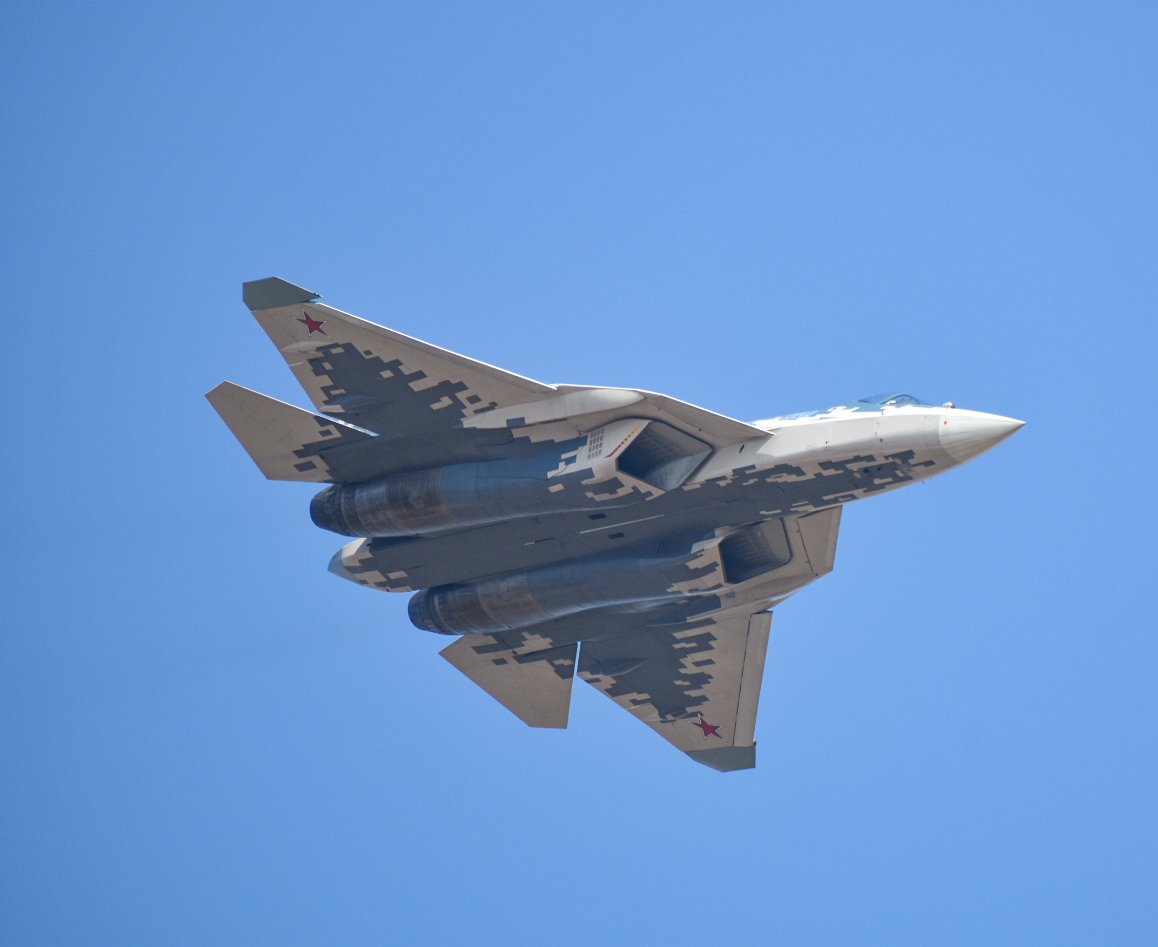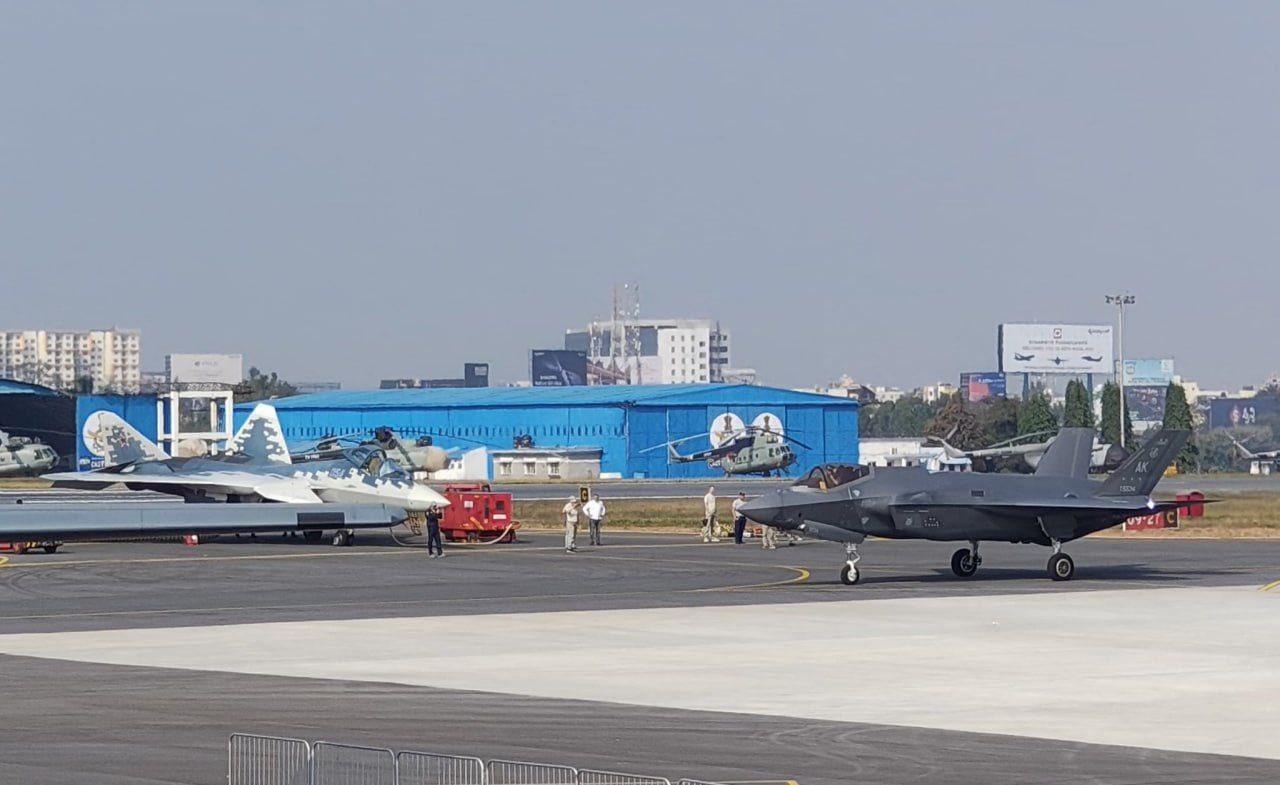India Snubs US F-35 and Russia’s Su-57E, Commits to Building AMCA From Scratch
This declaration signals a decisive pivot toward sovereign airpower development through the Advanced Medium Combat Aircraft (AMCA) programme, India’s most ambitious defence aerospace initiative to date.
(DEFENCE SECURITY ASIA) — India has drawn a firm strategic line by confirming it is not in formal negotiations with either the United States or Russia regarding the procurement of fifth-generation stealth fighters such as the F-35A or the Su-57E.
This declaration signals a decisive pivot toward sovereign airpower development through the Advanced Medium Combat Aircraft (AMCA) programme, India’s most ambitious defence aerospace initiative to date.
Defence Secretary Rajesh Kumar Singh quashed speculation in a podcast interview, making it unequivocally clear that New Delhi is not pursuing any formal consultation with foreign suppliers over these fifth-generation platforms.
“On F-35A and Sukhoi Su-57 E, whatever has been discussed has been informal. We don’t have any formal consultation going on on these,” Singh clarified.
He added, “What I can talk about is our fifth-generation fighter, which will be the AMCA,” reinforcing India’s long-term commitment to indigenous defence capabilities under the Make in India framework.
His remarks echo earlier statements by Air Chief Marshal Amar Preet Singh, who stressed that no formal proposals for the F-35A had been received and dismissed rumours linking the IAF to the Russian Su-57E acquisition.
The Air Chief noted that acquiring advanced fighter aircraft “was not like buying a washing machine or a refrigerator for the home,” referencing the complexity and strategic considerations of high-value defence acquisitions.

This growing consensus within India’s defence establishment reflects a broader doctrinal shift—one that values strategic autonomy, indigenous innovation, and long-term sustainability over short-term import-driven capability boosts.
India’s hesitation over the Su-57E stems from technical skepticism and strategic misgivings, especially after the collapse of the FGFA co-development deal with Russia, which left a legacy of delays, disputes over technology transfer, and scalability concerns.
The Russian platform remains dogged by issues around stealth fidelity, engine maturity, and limited sensor fusion—critical metrics in fifth-generation combat operations.
India’s recalibrated focus is now squarely on the AMCA—a stealth-capable, twin-engine, multirole combat aircraft designed to deliver decisive air superiority across the Indo-Pacific.
The AMCA is being developed by the Defence Research and Development Organisation (DRDO), with HAL as lead integrator, and support increasingly sourced from India’s burgeoning private defence industry.
The aircraft is expected to incorporate internal weapons bays, an indigenous AESA radar, artificial intelligence-enabled avionics, supercruise-capable propulsion, and advanced electronic warfare systems.
Set against an eight-year development window, the AMCA represents not just a technological leap, but a strategic assertion of India’s aerospace sovereignty in a contested global battlespace.

Strategists argue that AMCA’s success could define India’s airpower posture for the next three decades, rivalling global peers such as the F-35, China’s J-20, and South Korea’s KF-21.
Beyond military impact, the AMCA also serves as a critical vehicle for industrial reform, drawing participation from firms like Tata Advanced Systems, Adani Defence, L&T, and Bharat Forge to accelerate innovation and secure India’s position as a global defence exporter.
While F-35A advocates cite its immediate battlefield relevance, particularly as a counter to China’s fifth-generation deployments, critics caution that integration into India’s ecosystem would entail logistical upheaval and political complexity.
Interoperability with U.S. command architectures could compromise India’s cherished doctrine of non-alignment, while long-term maintenance, training, and software dependency add further constraints.
On the Russian front, Moscow is aggressively pursuing New Delhi with a proposal to export the Su-57E, offering full source code access—an unprecedented gesture aimed at enabling deep customization and indigenous weapon system integration.
The Su-57E variant reportedly includes upgrades aligned with India’s Super-30 program, such as GaN-based AESA radars and mission computers co-developed with Indian firms.
Analysts have described the offer as “strategically disruptive,” noting that neither the U.S. nor France have extended such open-source access even to their closest allies.
At the same time, Washington is also preparing its own proposal to supply a uniquely tailored variant of the F-35A to India, reportedly including enhanced Software Defined Radios (SDRs), a bespoke IFF suite, and deep integration with India’s C4ISR network.

Defence sources indicate that this proposal may be presented as early as mid-2025, marking a historic overture aimed at cementing strategic convergence between New Delhi and Washington amid growing Chinese assertiveness.
Former U.S. President Donald Trump had earlier declared, “We’ll be increasing military sales to India by many billions of dollars. We’re also paving the way to ultimately provide India with the F-35 stealth fighters.”
U.S. Vice President JD Vance recently reaffirmed that position during a high-level visit, stating that the F-35 would significantly enhance the IAF’s ability to operate in multi-domain scenarios across air, space, and cyber frontiers.
Despite these competing offers, India’s leadership has shown no indication of budging from its current course, maintaining that long-term strategic sovereignty cannot be traded for short-term tactical gain.
Since 2008, New Delhi has inked over US$20 billion worth of defence deals with Washington—including a US$3 billion agreement in 2023 for 31 MQ-9B SkyGuardian and SeaGuardian drones—but none of them have involved platforms as sensitive as the F-35.
India’s firm stance appears informed by recent geopolitical realities, notably the Chinese deployment of J-20 fighters along the LAC and emerging signs of J-35 development for naval operations.


